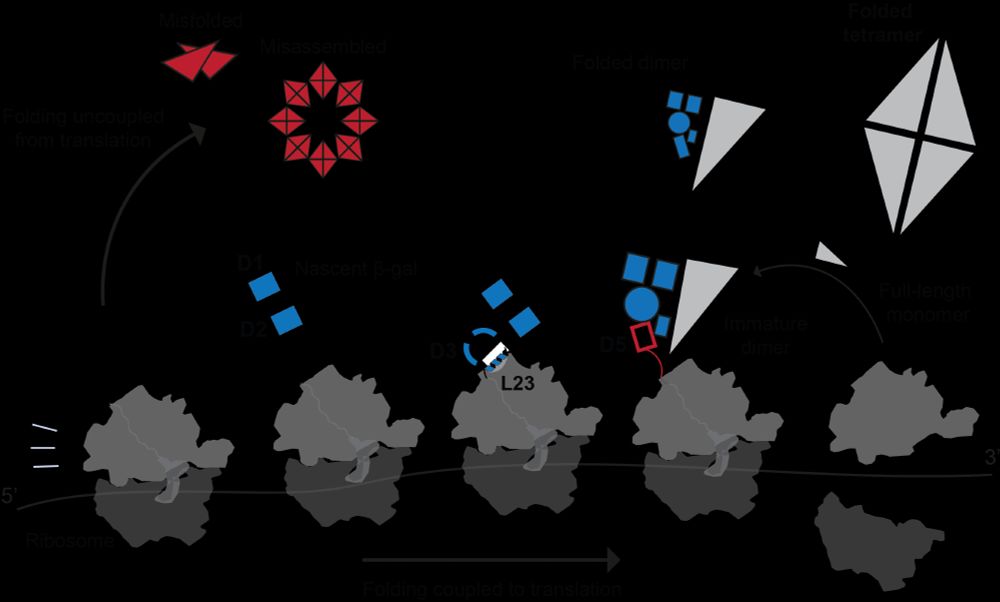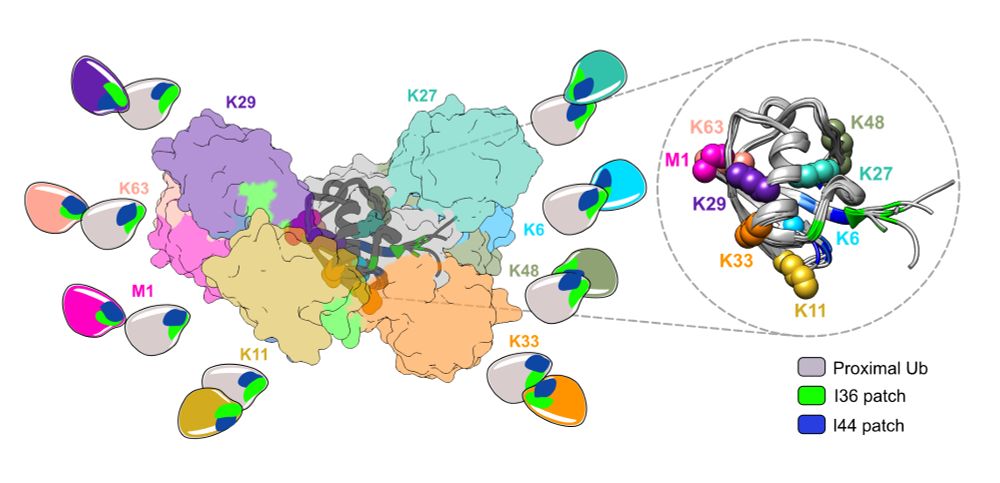Systems Biology of Proteostasis
www.nature.com/articles/s41...

www.nature.com/articles/s41...
We are looking for creative, innovative scientists asking fundamental questions in any area of biology.
Join our vibrant, collaborative, and supportive community!
aprecruit.ucsf.edu/JPF05702

Our new study shows that α-syn fibrils hijack the ESCRT membrane repair system, triggering a feedback loop that worsens aggregation.
You can find it at: authors.elsevier.com/sd/article/S...
Our new study shows that α-syn fibrils hijack the ESCRT membrane repair system, triggering a feedback loop that worsens aggregation.
You can find it at: authors.elsevier.com/sd/article/S...

www.cell.com/cell/fulltex...

www.cell.com/cell/fulltex...
www.sciencedirect.com/science/arti...

www.sciencedirect.com/science/arti...
www.cell.com/cell/fulltex...
www.cell.com/cell/fulltex...

#proteostasis #apolipoprotein
rdcu.be/ezRLv

#proteostasis #apolipoprotein
rdcu.be/ezRLv
www.biorxiv.org/content/10.1...
www.biorxiv.org/content/10.1...
By studying a protein that is difficult to fold, we discover fascinating new mechanisms by which the ribosome supports protein biogenesis.
www.biorxiv.org/content/10.1...

By studying a protein that is difficult to fold, we discover fascinating new mechanisms by which the ribosome supports protein biogenesis.
www.biorxiv.org/content/10.1...

I am super happy to share this review as my first post on Bluesky. After submitting my PhD thesis at the start of the year, my PI Elke Deuerling suggested to write this review with her, covering many of the findings of my thesis. I am excited to see it published today!

I am super happy to share this review as my first post on Bluesky. After submitting my PhD thesis at the start of the year, my PI Elke Deuerling suggested to write this review with her, covering many of the findings of my thesis. I am excited to see it published today!

#ribosome #mRNAdecay #translation

#ribosome #mRNAdecay #translation

Applications from any nationality welcome.
Projects around protein folding in cells, ribosomes, chaperones etc.
4 yr contract, fantastic research environment @crick.ac.uk
crick.wd3.myworkdayjobs.com/External/job...

Applications from any nationality welcome.
Projects around protein folding in cells, ribosomes, chaperones etc.
4 yr contract, fantastic research environment @crick.ac.uk
crick.wd3.myworkdayjobs.com/External/job...
Excited to share our review article in @molcell.bsky.social, diving deep into everything #ubiquitin
Read here 👉: kwnsfk27.r.eu-west-1.awstrack.me/L0/https:%2F...
@cellpress.bsky.social
@wehi-research.bsky.social

Excited to share our review article in @molcell.bsky.social, diving deep into everything #ubiquitin
Read here 👉: kwnsfk27.r.eu-west-1.awstrack.me/L0/https:%2F...
@cellpress.bsky.social
@wehi-research.bsky.social







